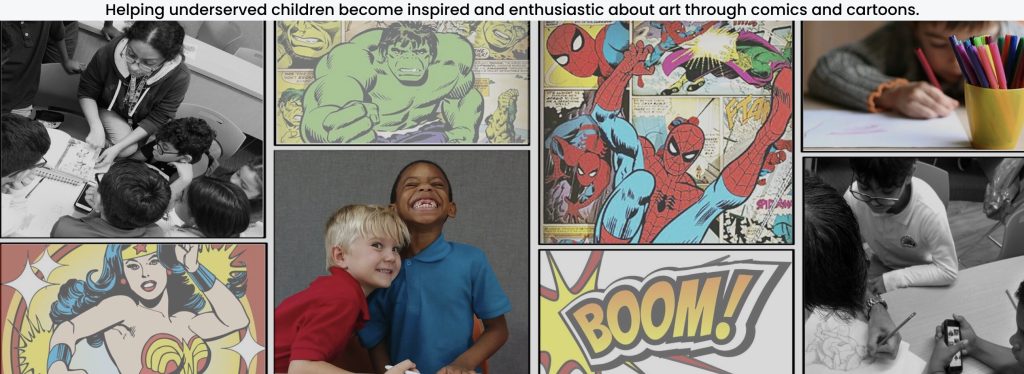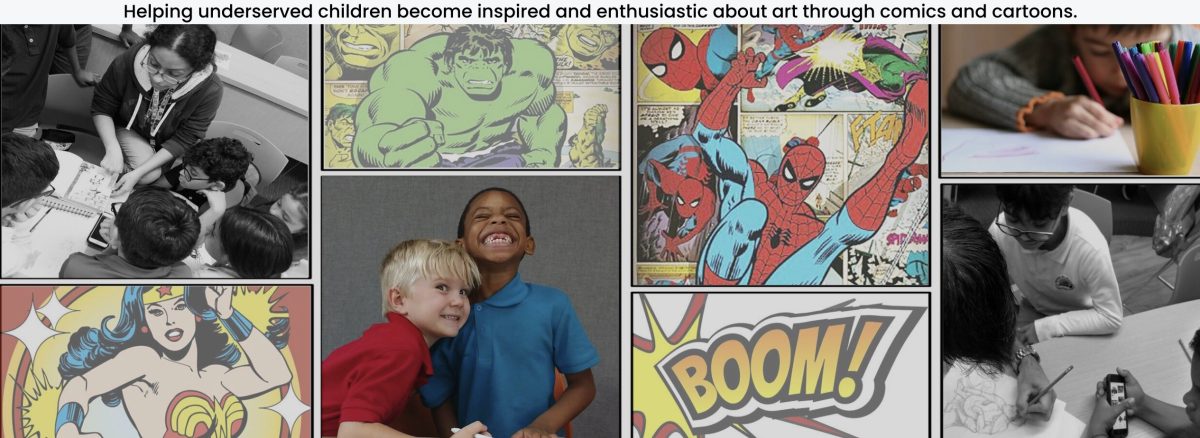by Fraser Hibbitt for the Carl Kruse Blog
It is positively clear that art sustains and nourishes something deep in our minds. It is such an obvious statement that it may appear as a platitude, or, perhaps even worse, appear as a given fact that one need not bother about; art will be there housed in museums and quaint galleries, we need not bother about wondering why it is so preciously preserved. If we get the chance, then we may light on something we like, what the eye likes, and that is a pleasurable moment. It is not certain that the pleasurable moment extends any further than the gallery; perhaps a name, a year, and if there are plaques of explanation, an art movement lingers in the mind.
Is this aesthetic pleasure the thing that nourished the mind? This is a defining feature for some, and no doubt a fine feature; an aesthetic compass is perhaps linked to that something which is being nourished. However, active participation in art, in creating and feeling, draws closer to that something. As the recent development in Art therapy seems to indicate, you do not have to create to a gallery standard. In the therapeutic sense, there is something restorative about expression, a visible and delicate expression of the self which art enables.
Art opens up the means for expression. The countless movements and periods in art history tell us something about representation, about the expressive means of making sense of the world around ourselves. Unfortunately, many do not have access to, or the means to acquire, a dynamic and engaging understanding of art. During the pandemic, with galleries and museums forced to close, many homes were likewise forced to neglect the study of art as more pressing matters needed attending to.
‘Comic Kids’ is a non-profit organization helping to teach at-risk youths about art. It was set up in Miami right as the pandemic was coming to fruition in 2020. The brains behind the idea, husband and wife, Reed and Kat Barrow-Horth, had already established and maintained themselves in the area with their art dealing company, Robin Rile Fine Art. The duo talks about ‘sending the elevator back down’; or, giving back to the community which has enabled them to pursue their passion of art; a rare and wonderful thing that would not have been possible if not for the receptivity of the area.

Source: comickids.org
The idea was not induced by the pandemic, but the pandemic did lead Comic Kids to become versatile with its program, namely, it had to, as so many schools and institutes had to, become virtual. This, in fact, has given them a much farther reach. How they have gone about introducing complex art concepts to the youth is proving to be a commendable kind of pedagogy. It was never ‘from above’, that is to say, the children’s aesthetic sense was not imposed upon, rather it started from a position that they could relate to, something they had a positive association with: cartoon and comic book characters.
Learning how to draw a cartoon character, sometimes a few simple steps of the right lines in the right place, has a transformative effect: it inculcates an attention to how art works; makes the learner perceptive to the range of potentiality in the drawn line, and promotes a confidence in front of the blank canvas. These rudiments in place, the children were now in the position to understand difference in style and expression.
Next came the creation of a class called ‘Art History + Cartoons’. The form of the cartoon was applied to the various art figures and movements of history. This subtle shift gives an immediate understanding into the history of art; far better a method in understanding Cubism than seeing a room full of abstraction. By seeing the difference, they see what representative issues are being raised; seeing difference also makes the eye susceptible to expressive cues.
And an understanding of this kind does not end in the classroom. It extends into the appreciation of the everyday, into the architecture of space and color that surrounds our lives, and into the expression and understanding of the protean emotion that exists within. The “Comic Kids” initiative promotes this humanitarian education which is a difficult language to become intimate with, especially for those from disadvantaged backgrounds. The promise that learning art keeps is the ability to act, and think, creatively in the world. A foundational knowledge in the way artists throughout the generations have reacted to their experience of the world teaches that there are always multiple and overlapping ways of viewing experience; it is an analogy that can be comprehended when once rendered visible through the history of, say, the representation of a wine-jug; or, drawing, and recognizing, your favorite cartoon character in a multitude of guises.
=================
This Carl Kruse Blog homepage is at https://carlkruse.net
Contact: carl AT carlkruse DOT com
The blog’s last two articles were: What Does Art Cost -With Yury Kharchenko and
Performance Art – SIX VIEWPOINTS
Other articles by Fraser Hibbitt include Segovia and the Guitar and the Art of Atari.
Carl Kruse is also on Vator

Congrats to Reed and Kat! Keep up the great work.